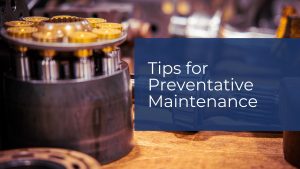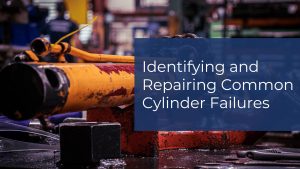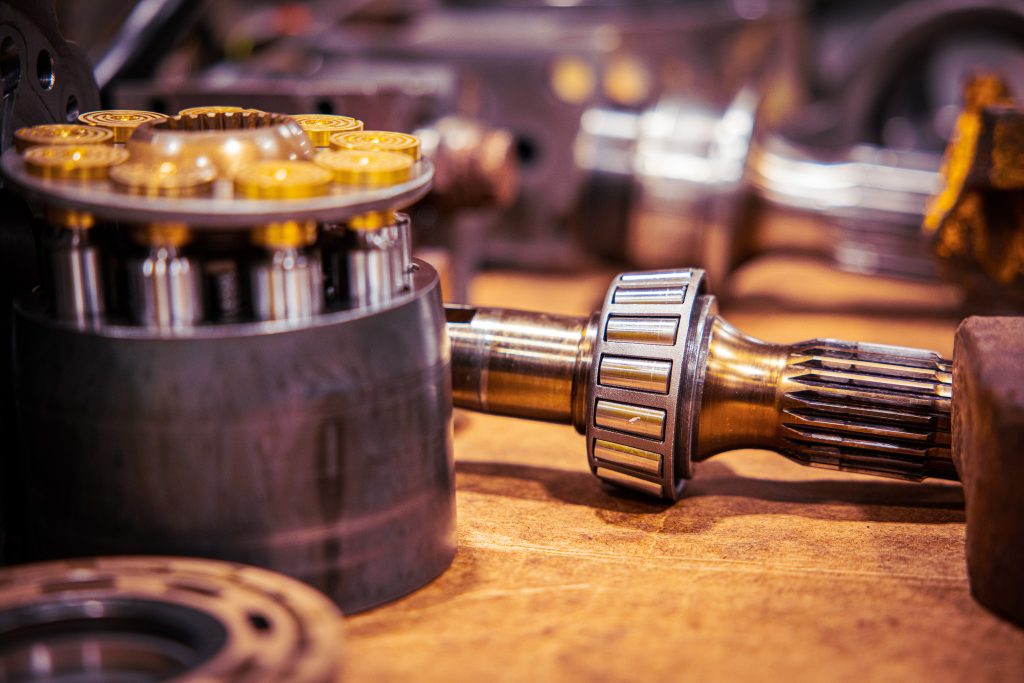




We’re looking forward to working with you. Whether you have questions about products or services, our team is ready to help.

Having hydraulic systems down costs money, both in terms of repairs and lost productivity. Regular preventative maintenance is crucial for keeping your equipment running smoothly and avoiding unexpected breakdowns.
One of the most critical aspects of maintaining hydraulic systems is ensuring the hydraulic fluid remains clean and free of contaminants. Contaminants such as dirt, water, and air cause significant damage to the system, leading to wear and tear on components, and ultimately, system failure.
Hoses and connections are vital components of hydraulic systems, but they are prone to wear and damage over time. Regular inspections help catch issues before they become major problems.
Hydraulic systems rely on precise pressure and temperature control to operate effectively. Deviations from normal operating conditions indicate potential issues that need to be addressed.
Hydraulic fluid testing is an essential part of preventative maintenance. By analyzing the fluid, you can detect early signs of wear, contamination, and other issues that could lead to system failure.
The best way to ensure hydraulic systems receive the care they needs is to create and follow a detailed maintenance schedule. This schedule should include all the routine checks and maintenance tasks necessary to keep your system running smoothly.